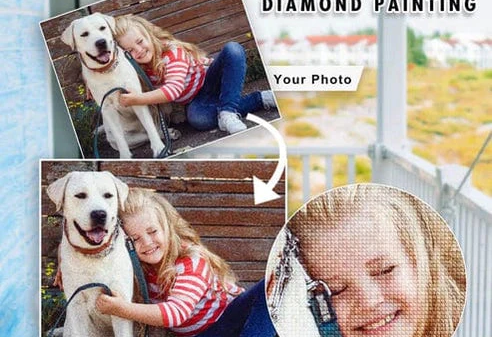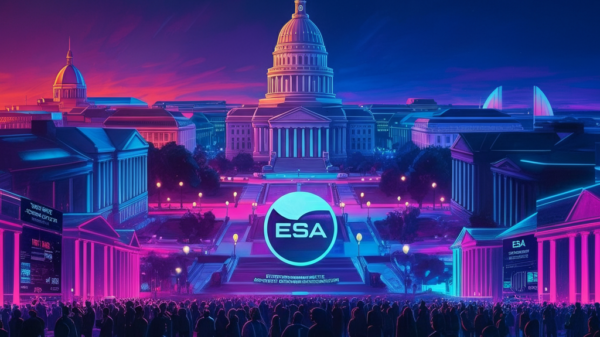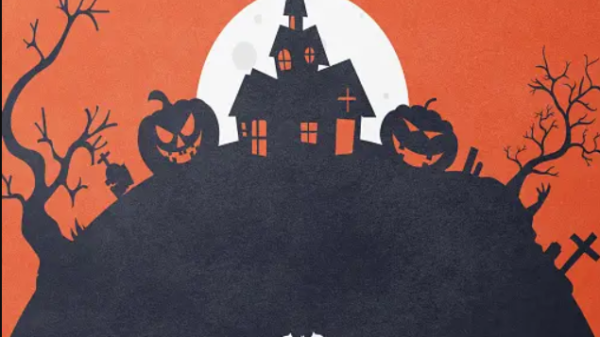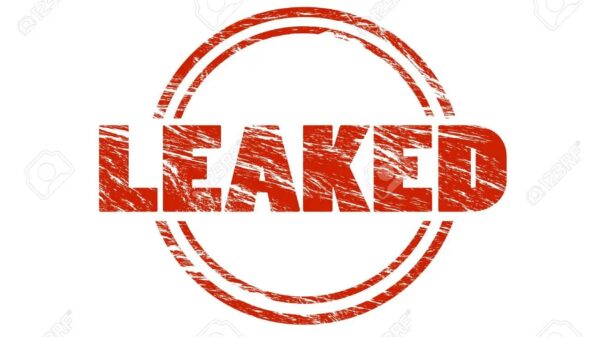Violence has always held a curious allure for audiences, but in recent years, a subgenre has emerged that takes brutality to unprecedented levels—cartel gore. Depictions of violence related to drug cartels have carved out a niche in modern media, offering shocking realism and intense emotional reactions. But what exactly defines “cartel gore,” and why has it gained such traction in films, TV shows, and even social media?
This blog explores the rise of cartel gore, tracing its origins, impact on audiences, and influence on filmmakers while analyzing its ethical boundaries. Whether you’re a film enthusiast, media analyst, or simply curious about this controversial subgenre, this article will uncover what lies beneath the surface of cartel gore.
What is Cartel Gore?
At its core, cartel gore refers to vivid, often graphic depictions of violence linked to drug cartels. This can range from dramatizations in TV series like Narcos and Breaking Bad to real-life footage shared online. The intent is often to showcase the harsh realities of organized crime, but its visceral nature sometimes walks a fine line between artistic representation and exploitation.
Why Is It Significant?
- Reflects Reality: The subgenre mirrors the extreme violence associated with real-world drug trafficking.
- Elicits Strong Reactions: Its rawness forces audiences to confront uncomfortable truths.
- Pushes Creative Boundaries: It challenges filmmakers to balance storytelling with ethics.
The Historical Context of Cartel Gore in Media
While depictions of organized crime are nothing new, the focus on cartel violence grew significantly in the 21st century. Early representations in films like Traffic (2000) and Sicario (2015) were pivotal. They skillfully balanced storytelling with sobering portrayals of the carnage that cartel operations leave in their wake.
TV series elevated the subgenre further—most notably the critically acclaimed Narcos, which dramatized the reign of Pablo Escobar and later the Cali Cartel. These depictions were rooted in historical events but amplified for dramatic effect, giving cartel gore a mainstream platform.
Real-Life Influence
Cartel violence caught mainstream attention not just through fictional portrayals but also through horrifying real-life content shared on the internet. Social media platforms and forums became inundated with cartel footage—often uploaded by the cartels themselves as a form of intimidation. This convergence of media highlights the blurred line between dramatization and reality.
Cartel Gore and Audience Reception
The rise of cartel gore has elicited mixed reactions from audiences and critics alike.
The Appeal
- Shock Value: There’s a visceral thrill to consuming media that doesn’t shy away from the brutal reality of crime.
- Educational Insight: Many argue that such depictions educate viewers about the real-world consequences of the drug trade.
- Compelling Storylines: The tension and stakes often lead to gripping narratives.
The Controversy
Cartel Gore has its detractors. The on-screen violence often sparks ethical debates:
- Does it Contribute to Desensitization?
Critics argue that excessive exposure to such content can normalize violence.
- Exploitation vs. Awareness
How much cartel gore media ethically portrays stories versus leveraging violence for profit?
- Triggering Content
For specific viewers, overly brutal scenes can be deeply unsettling, crossing a line from art to torment.
The Impact of Cartel Gore on Filmmaking
The growing intrigue around cartel gore has significantly influenced the film and TV industry. Writers and directors now explore darker, deeper storytelling avenues.
Influencing Content Creation
Filmmakers are pushing themselves to portray realism that aligns with audience expectations. Intense research and consultation with experts have become routine. However, this realism often introduces moral dilemmas during production—how far should they pursue authenticity?
Perspectives from Filmmakers
“Cartel Gore forces us to ask critical ethical questions about the art we create,” says an independent director working on a cartel violence documentary. “Can we aim for realism without glorifying savagery? That’s the challenge.”
Cartel Gore vs. Mainstream Media’s Approach to Violence
While graphic violence has a long-standing role in mainstream media, cartel gore sets itself apart by its raw, unflinching brutality.
Points of Intersection
- Both strive to evoke emotional reactions.
- Both target audiences are often mature and rugged in their viewing habits.
Key Differences
- Cartel Gore prides itself on authenticity, often based on actual events.
- Mainstream portrayals of violence (e.g. superhero or action films) prioritize aestheticism over realism.
This divergence explains why specific audiences prefer cartel gore—it doesn’t “sugarcoat“ the dark underbelly of society.
Looking Ahead: The Future of Cartel Gore in Media
The rising popularity of cartel gore signals that its grip on modern media won’t wane anytime soon. However, its trajectory raises pivotal questions:
- Will ethical considerations become a deciding factor in production?
- How will increased accessibility to graphic cartel content shape younger, impressionable viewers?
This subgenre embodies a paradox—its aesthetic is as gripping as polarizing. Whether it continues to push boundaries or folds under its controversy, one thing is sure—in political and criminal storytelling, cartel gore leaves a lasting impact.
FAQs About Cartel Gore in Media
What defines cartel gore in media?
Cartel Gore focuses on graphic depictions of violence tied to drug cartels, aiming to depict the realities of crime syndicates with raw intensity.
How has cartel gore affected the film industry?
It has influenced filmmakers to create darker, more realistic content, sparking debates about ethics and storytelling boundaries.
Is there a line between artistic expression and gratuitous violence in cartel gore?
Yes, this is a constant source of contention. While some argue it reflects reality, others view it as exploitative.
Where can viewers find cartel gore content?
Cartel gore can be found in films (Sicario), TV shows (Narcos), and real-life documentaries. Viewer discretion is strongly advised for graphic material.
How do audiences respond to cartel violence compared to traditional violence in media?
Audiences drawn to realism often resonate with cartel gore, but it divides viewers due to its potentially unsettling imagery compared to sanitized portrayals of violence in mainstream films.











